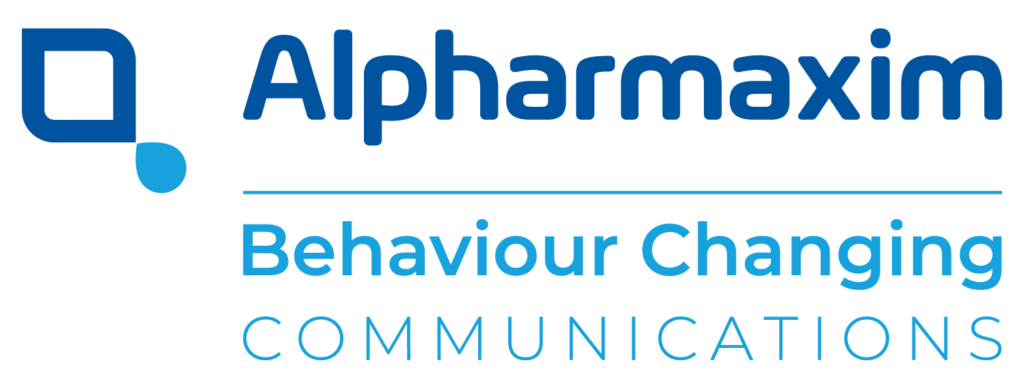Written by: Sophie Jones
Sophie Jones is Director of Strategic Development at Alpharmaxim Healthcare Communications
New ways of living and working
We are all facing new ways of living and working. COVID-19 has had an impact on each and every one of us, both professionally and personally.
Healthcare has seen one of the greatest impacts, with the world watching the industry through a microscope. The rapid discovery and development of new treatments and vaccines, and questions over safety and testing, have put our industry under the spotlight, unlike anything we have known before.
With so much focus on COVID-19, how do we continue to maintain our presence and get our messages heard above the noise, while continuing to reassure the public? We must embrace a new way of communicating with our stakeholders and be even more aware of their needs and time.
Digitalising healthcare communications
We have all been inundated with calls and emails from companies offering virtual conferencing, so we know there are many different opportunities and options available for connecting with our stakeholders digitally.
Digital engagement has been growing slowly within the pharmaceutical industry for many years, but the arrival of COVID-19 has created an unprecedented need for a total and immediate replacement of all face-to-face interactions. Virtual engagement is upon us, and your story is more important than ever. While in pre-pandemic times, we were able to evolve and tailor our conversations by picking up on body language, guiding and navigating through our stories and messages based on the interest of our audience, now we have little or no power over the level of engagement and takeaways our audience receives.
This shift has seen industry grappling with a complete overhaul of how audiences are accessing, receiving and engaging with their communications. Content is becoming even more ‘disposable’, with online audiences accessing information more quickly and making faster judgements on the relevance and importance of the content. As we all know, the internet has made content much more accessible, but at the same time, has given users more ability to choose what they engage with, when and to what extent.
“We shouldn’t wait for another pandemic to implement our innovations (in virtual healthcare communications).”
Birutė Tumienė, Clinical Geneticist, Vilnius University Hospital, Santariskiu Clinics
How do you ensure your communications capture your audience?
Can you still have the same impact in speciality healthcare?
When you are responsible for a niche, novel brand or therapeutic area, successfully engaging with your target audiences has its own set of challenges. Compared to some of your big‑brand counterparts, you may have a relatively low budget, small field force, limited numbers of specialists and hard‑to‑access patients. Reaching stakeholders might have always been one of your biggest challenges, with the face-to-face touchpoints being highly valuable opportunities to engage.
By crafting a strong and compelling story that is underpinned by robust scientific evidence, while also understanding that different audiences have different needs, expectations and levels of understanding, you can continue to drive tailored content. Ultimately, this will engage with audiences in a much more prolonged and impactful way.
Digital is great! But, we do need to be cognisant of the differences between face-to-face and virtual communication. Ultimately, your content is still KEY. If your story is not clear and easily digestible, all the digital wizardry in the world will not lead to positive or long-lasting engagement. We are finding that many of our clients are looking for support with their stories. Rather than simply repackaging them for sharing via a digital platform, they are tailoring their content to a new, virtual world of engagement.
While embracing digital channels early will certainly yield more effective results, the content is still the most important thing to think about. Going beyond simply translating your existing assets into hyperlinked versions for sharing – by integrating interaction, strong concise messaging and compelling language – will be what secures engagement and interest. With the tools that are currently available to incorporate tracking, closed‑loop marketing and analytics, valuable insights can help drive and tailor more effective and engaging communication.


